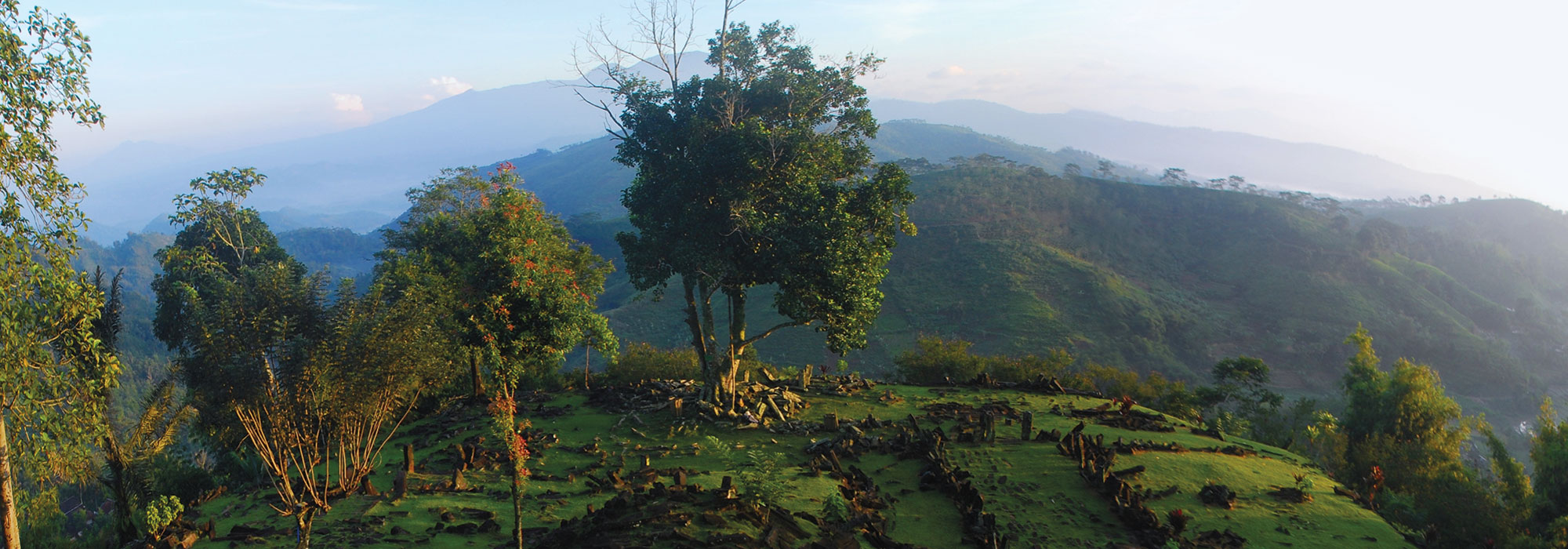TULSA, OKLAHOMA—ABC News Channel 8 reports that archaeologists have concluded their fourth excavation of a section of Tulsa’s Oaklawn Cemetery, where they have been looking for the remains of people killed in the Tulsa Race Massacre. On May 31 and June 1, 1921, homes and businesses owned by Black residents over 35 square blocks of Tulsa’s Greenwood District, also known as “Black Wall Street,” were destroyed by white mobs. Estimates suggest that between 75 to 300 Black residents were killed in the violence. Over the course of the archaeologists’ investigation at Oaklawn Cemetery, at least 17 of the burials have been confirmed as victims of the massacre. “We have documented over 190 graves in section 20,” explained Oklahoma state archaeologist Kary Stackelbeck. “Only five of which had headstones that were visible on the ground surface at the start of the investigation,” she added. Eleven of the graves have been exhumed for further investigation. “Among those individuals, we have three additional gunshot victims,” Stackelbeck said. “Two of those gunshot victims display evidence of ammunition from two different weapons.” The evidence indicates that one of these individuals had also been burned, she concluded. For more, go to "The Tulsa Race Riot."
Search for Remains of Tulsa Race Massacre Victims Continues
News August 20, 2024
SHARE:
Recommended Articles
Artifacts July/August 2025
Maya Ceramic Figurine

Courtesy Ken Seligson
Off the Grid July/August 2025
Vichama, Peru

Lisa Trever
Digs & Discoveries July/August 2025
Bound for Heaven

Yoli Schwartz, Israel Antiquities Authority
Digs & Discoveries July/August 2025
Saints Alive

Berlin State Monument Office, Julia-Marlen Schiefelbein
-
Features July/August 2024
The Assyrian Renaissance
Archaeologists return to Nineveh in northern Iraq, one of the ancient world’s grandest imperial capitals
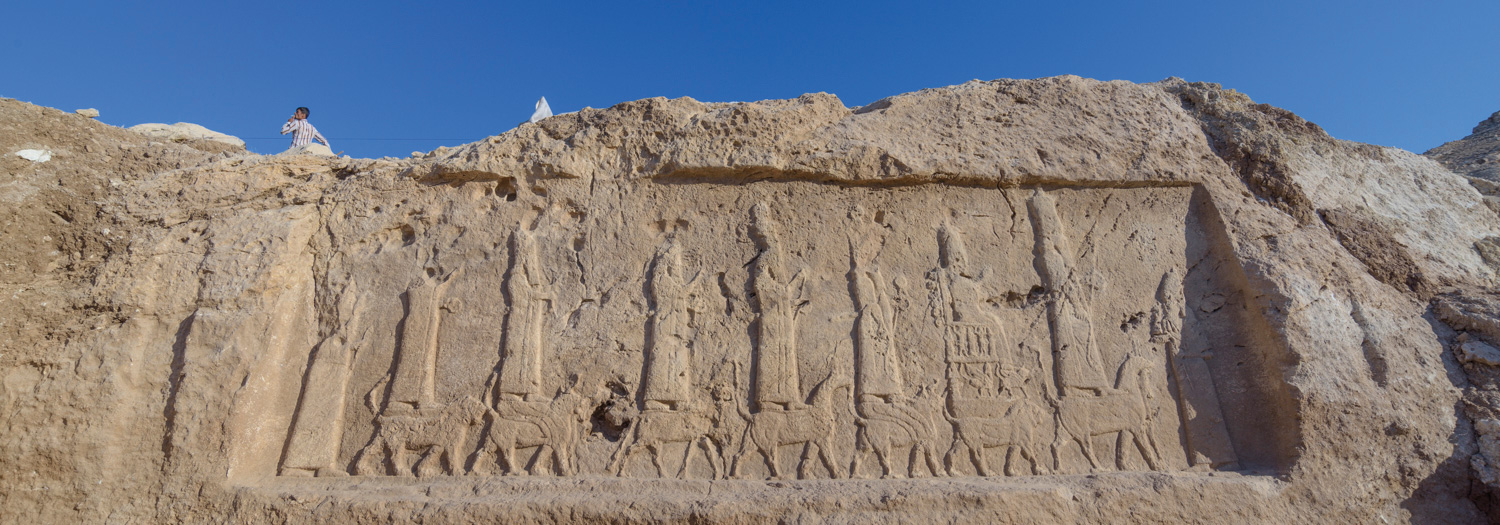 (Land of Nineveh Archaeological Project)
(Land of Nineveh Archaeological Project) -
Letter from Nigeria July/August 2024
A West African Kingdom's Roots
Excavations in Benin City reveal a renowned realm’s deep history
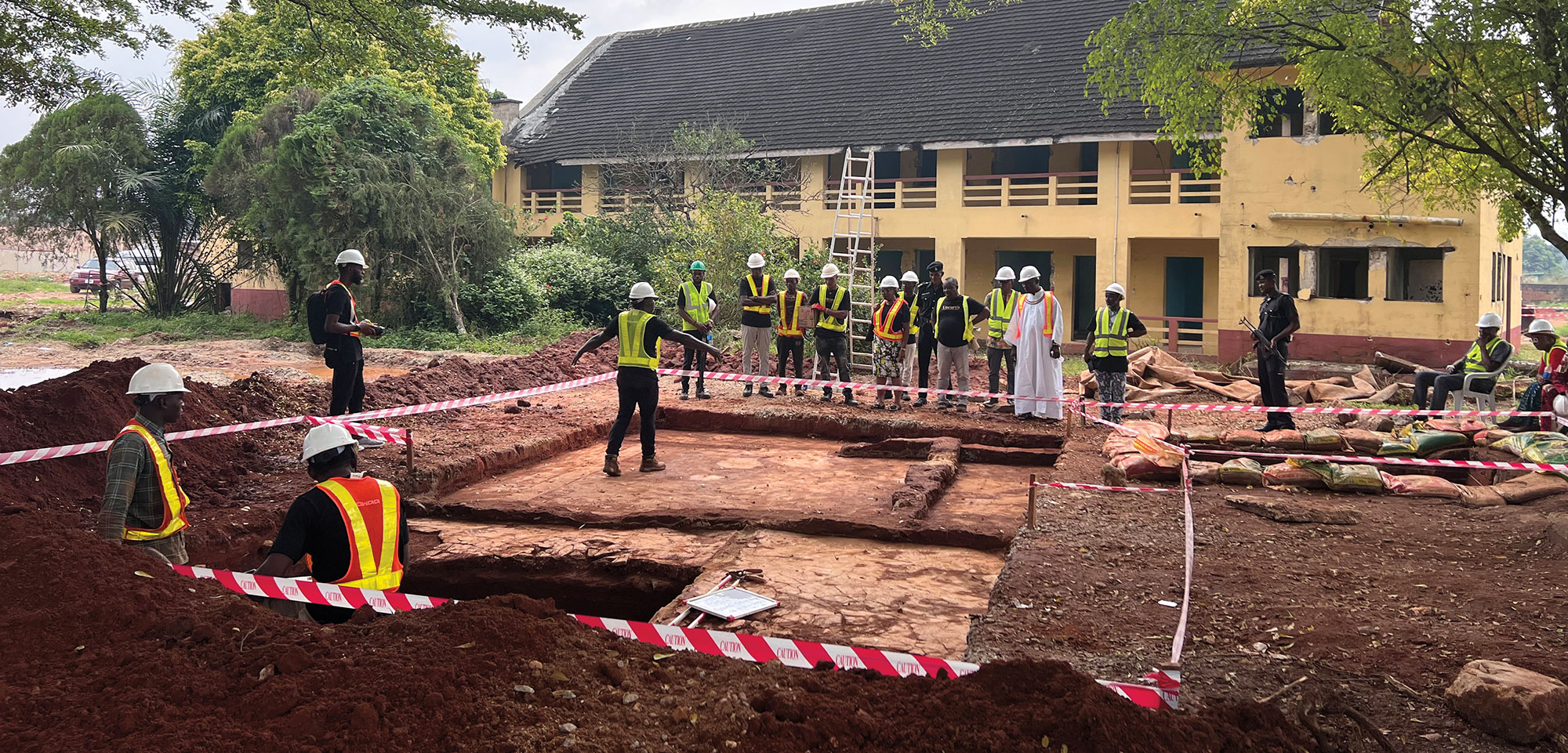 (Mike Pitts)
(Mike Pitts) -
Artifacts July/August 2024
Etruscan Oil Lamp
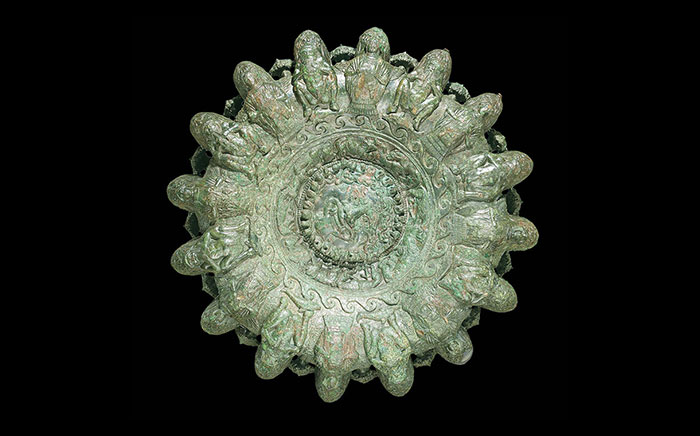 (Courtesy Museo dell’Accademia Etrusca e della Città di Cortona; © DeA Picture Library/Art Resource, NY)
(Courtesy Museo dell’Accademia Etrusca e della Città di Cortona; © DeA Picture Library/Art Resource, NY) -
Digs & Discoveries July/August 2024
Bronze Age Beads Go Abroad
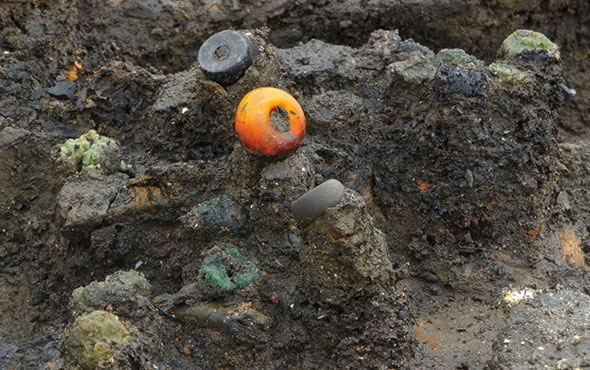 (Courtesy Cambridge Archaeological Unit)
(Courtesy Cambridge Archaeological Unit)


